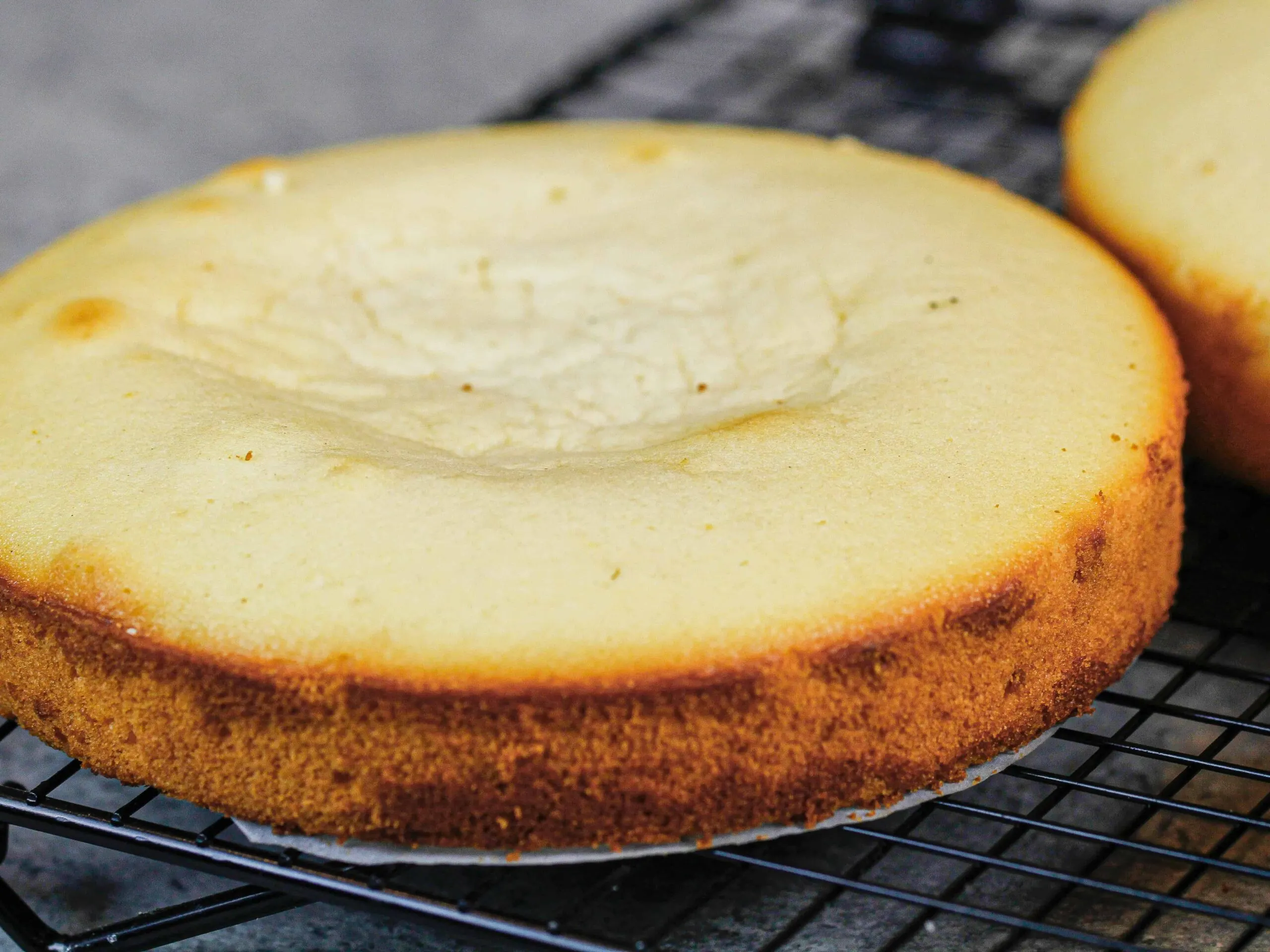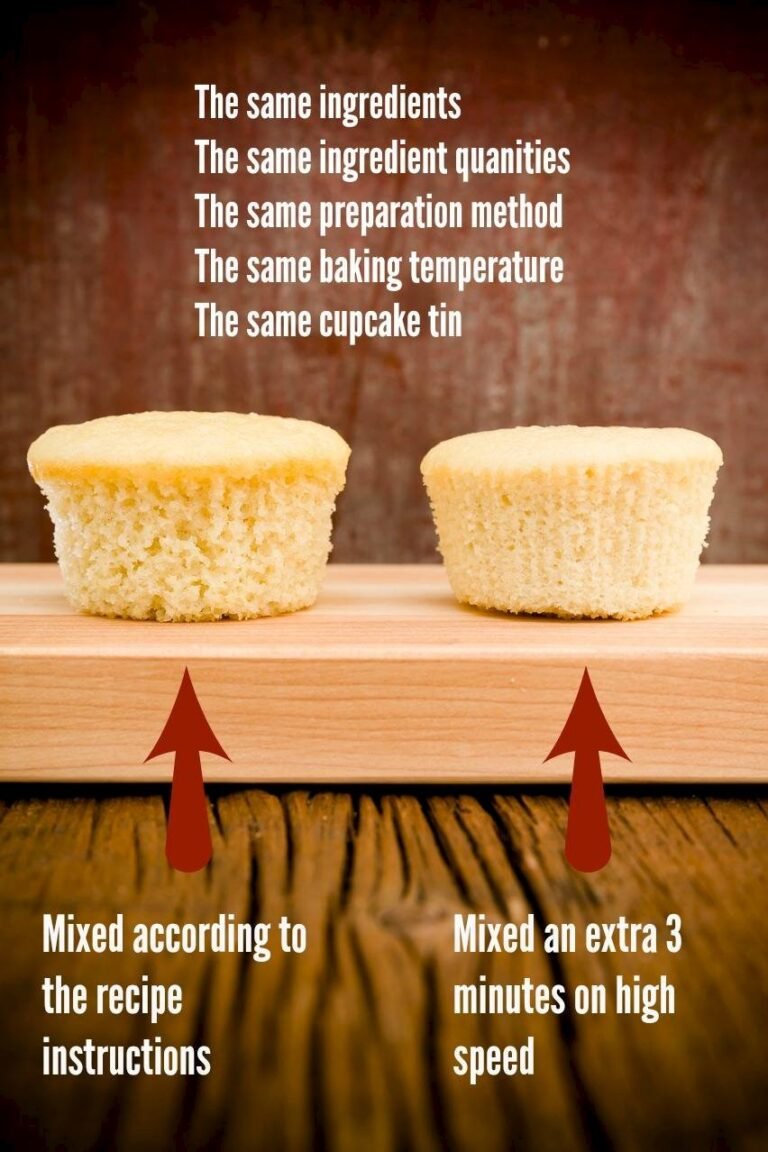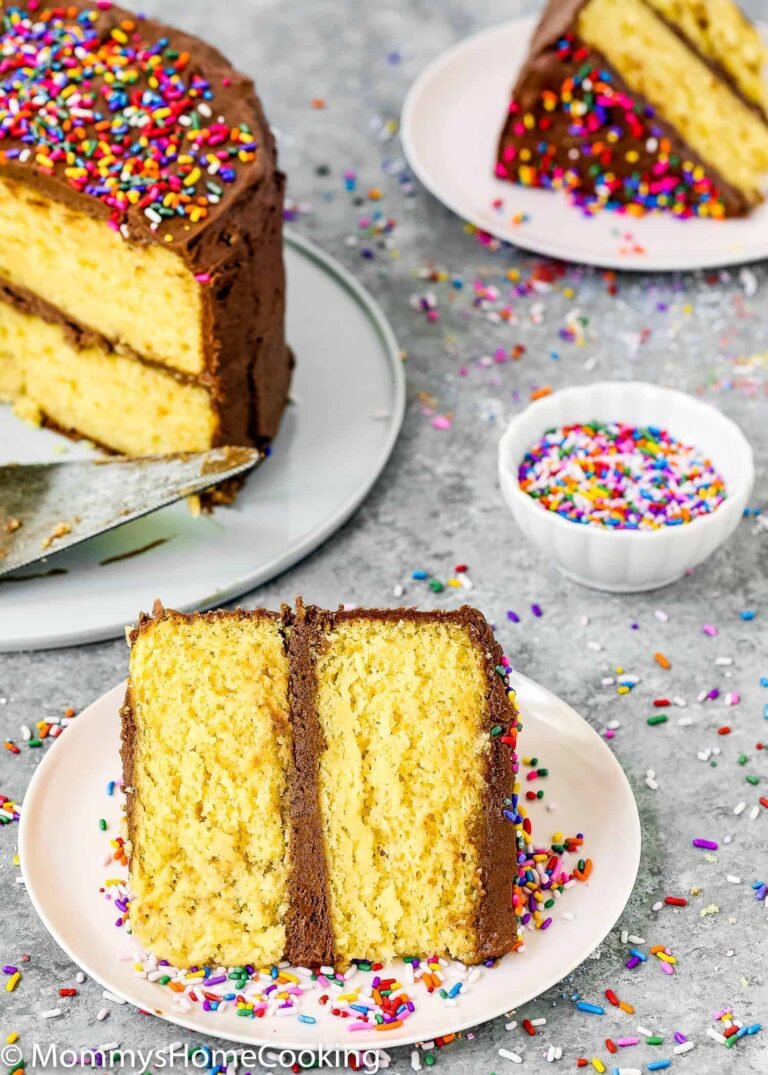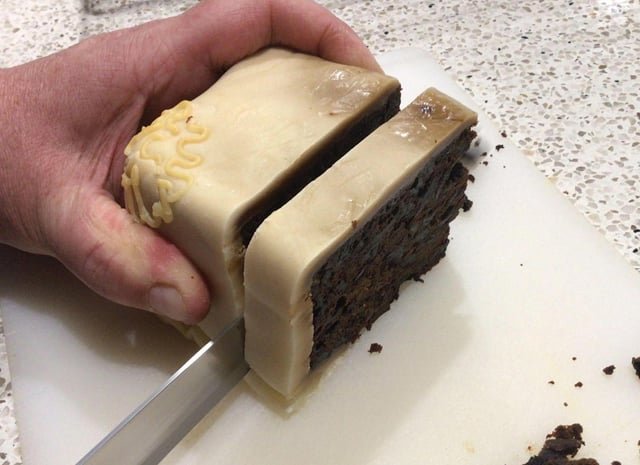What to Do If Cake is Not Cooked in the Middle: Expert Tips
If your cake is not cooked in the middle, cover it with foil and bake for an additional 10-15 minutes. Check periodically with a toothpick.
Baking a cake to perfection can sometimes be tricky. Even experienced bakers occasionally encounter cakes that remain uncooked in the center while the edges are perfectly done. Addressing this issue promptly ensures your cake turns out delicious and well-baked. Knowing the right steps can save you from a baking disaster and ensure that your cake is moist and evenly cooked.
This guide will help you understand the reasons behind an undercooked center and provide practical solutions to achieve a perfectly baked cake.
Common Reasons For Undercooked Cake
The oven might be too hot or too cold. This can cause the cake to cook unevenly. Always use an oven thermometer. This ensures the temperature is right. Ovens can vary a lot. Trusting your oven’s dial is not enough. Set the correct temperature before baking.
Adding too much liquid makes the batter too runny. This affects how the cake bakes. Measure all ingredients carefully. Follow the recipe closely. Extra liquid can make the cake dense and soggy. Stick to the recommended amounts for best results.
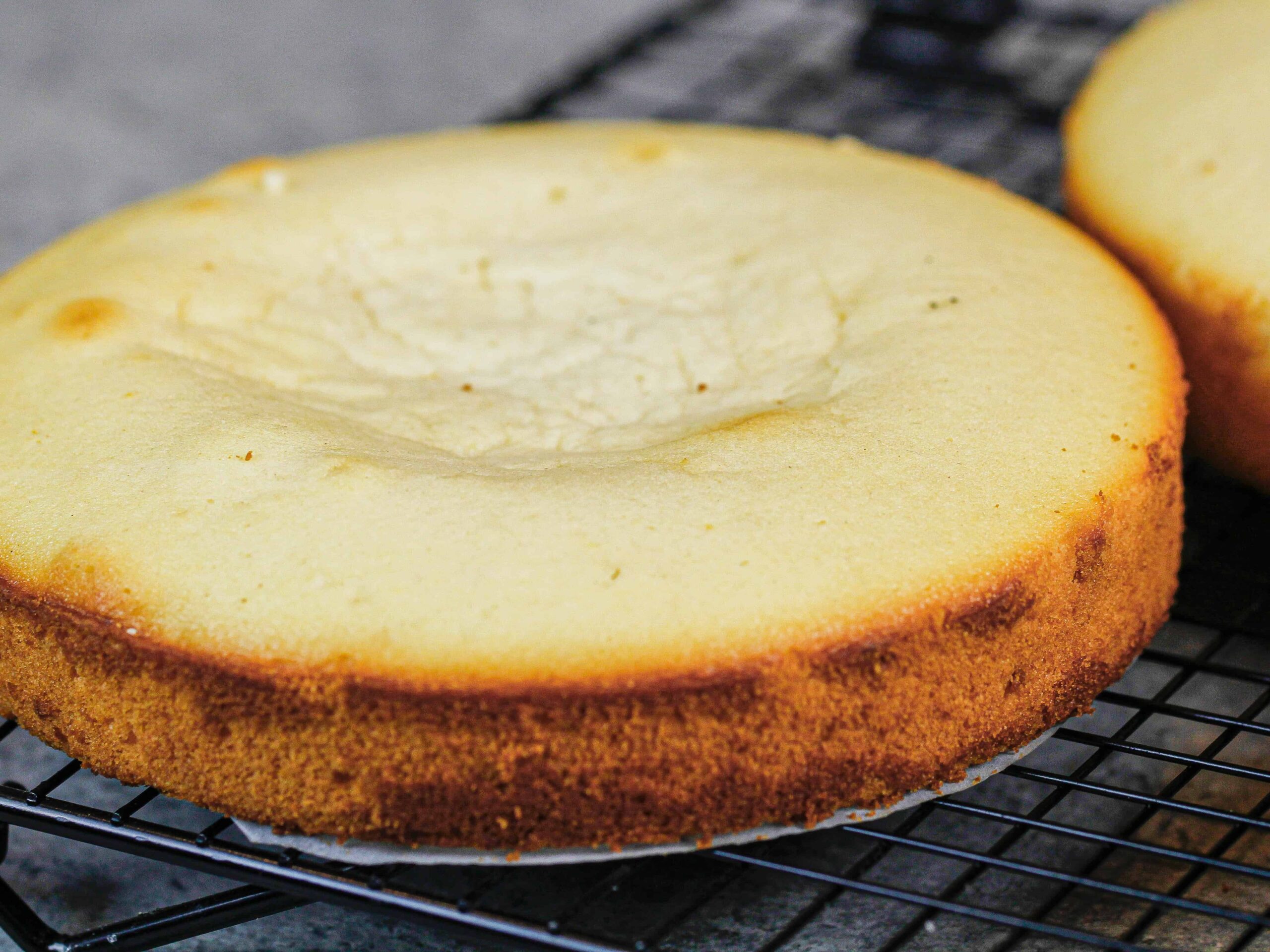
Testing Cake Doneness
Insert a toothpick into the center of the cake. If it comes out clean, the cake is done. If it has batter, the cake needs more time. This test is simple and quick.
Look at the edges of the cake. They should pull away from the pan. The top should be golden brown. Press the center lightly. It should spring back. These are signs the cake is ready.
Adjusting Oven Settings
Lowering the oven temperature can help cook the cake evenly. A high temperature might cook the outside too fast. Lower the temperature by 25 degrees Fahrenheit. This will give the middle more time to cook without burning the edges.
Convection mode can help circulate hot air around the cake. This ensures even cooking. Set your oven to convection mode if available. It can make a big difference.
Fixing An Undercooked Cake
Start by preheating your oven to 350°F (175°C). Cover the cake with aluminum foil. This will trap heat inside. Place the cake back in the oven. Bake it for another 10-15 minutes. Check with a skewer. It should come out clean. If not, bake for another 5 minutes.
Cut the undercooked part out. Place it in a microwave-safe dish. Use a microwave on medium power. Cook it for 2-4 minutes. Check every minute. Ensure it doesn’t overcook. Let it cool before serving.
Prevention Tips
Always use the correct amounts of ingredients. Too much liquid can make a cake soggy. Not enough flour can cause it to collapse. Use measuring cups for dry ingredients. Use measuring spoons for small amounts. Accuracy is key to a perfect cake.
Mixing the batter well ensures even cooking. Overmixing can make it dense. Undermixing leaves lumps. Use a spatula to fold in the flour. Use a whisk for liquids. Smooth batter cooks evenly.
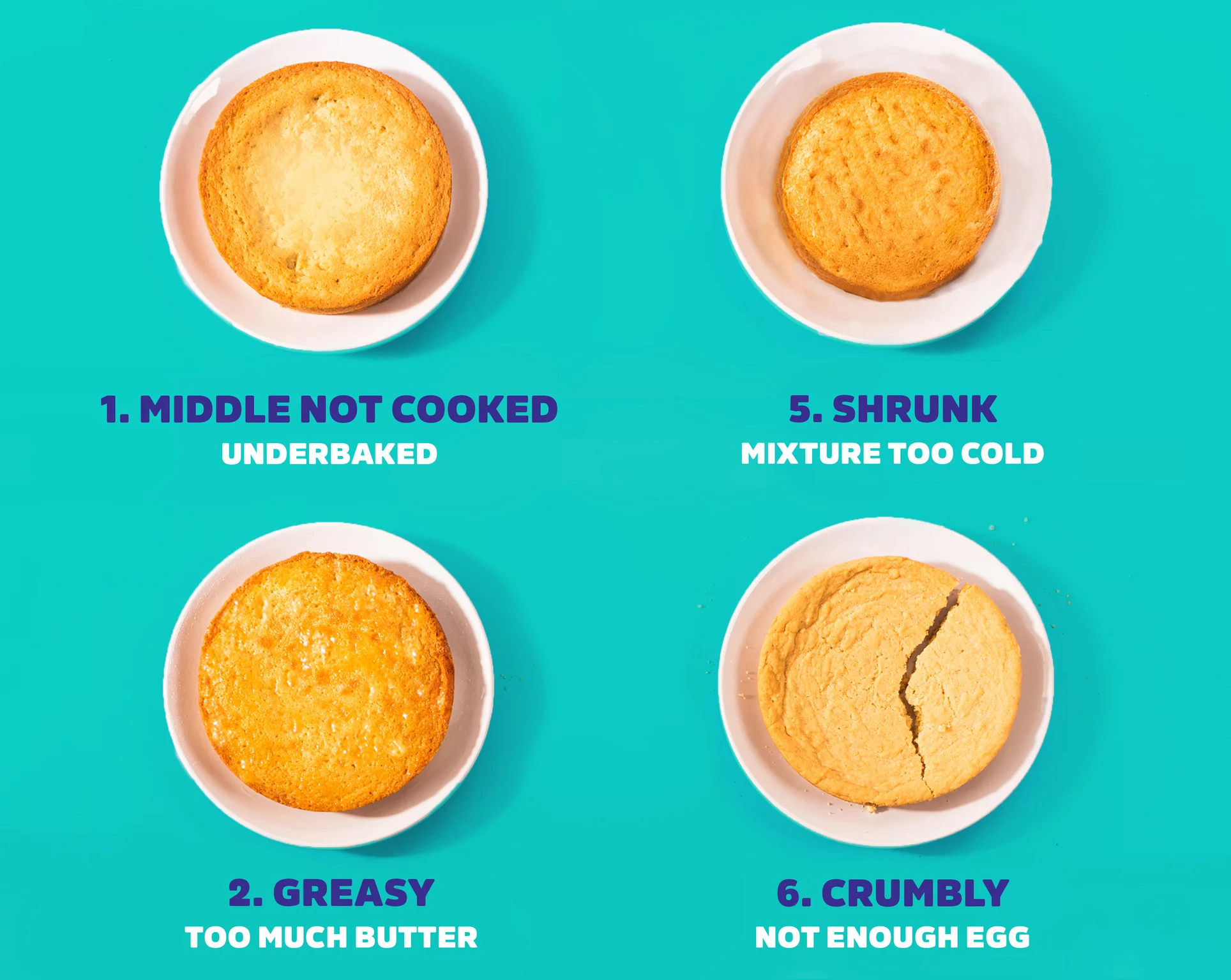
Choosing The Right Bakeware
Picking the best bakeware can change how your cake bakes. Metal pans heat up fast and cook evenly. Glass and ceramic pans cook slower. This may leave the middle of the cake uncooked. Dark-colored pans cook faster than light-colored ones. Make sure to use the right pan for your cake.
Pan size is very important for even baking. Using a pan that is too small can make the cake too thick. This makes it hard for heat to reach the center. A pan that is too large can make the cake too thin. This can cause the edges to burn before the middle cooks. Always pick the pan size the recipe suggests.
Importance Of Oven Preheating
Preheating the oven is very important. It helps to ensure even heat distribution. The cake will cook properly if the oven is preheated. Uneven heat can cause the cake to be raw in the middle.
Always preheat the oven for at least 15 minutes. This gives the oven enough time to reach the right temperature. Check the oven’s manual for the exact time. A properly preheated oven ensures your cake cooks evenly.
Cooling And Storing Tips
Place the cake back in the oven at a lower temperature for an additional 10-15 minutes. Cover it with foil to prevent burning. Test with a toothpick to ensure the center is fully cooked.
Proper Cooling Techniques
Remove the cake from the oven. Place it on a wire rack. Let it cool for 10-15 minutes. This helps the cake to set. It prevents it from breaking apart. Avoid cooling it in the pan for too long. This might make the cake soggy.
Storage Solutions
Once the cake cools, store it properly. Use an airtight container. This keeps the cake fresh. You can also wrap it in plastic wrap. Place it in the fridge for longer storage. Avoid leaving it out for too long. This prevents the cake from drying out.

Frequently Asked Questions
Why Is My Cake Not Cooked In The Middle?
This can happen due to incorrect oven temperature or over-mixing the batter. Ensure your oven is preheated and follow the recipe precisely.
How Do I Fix An Undercooked Cake?
Cover the cake with foil and bake at a lower temperature. Check every 5-10 minutes until fully cooked.
Can I Put An Undercooked Cake Back In The Oven?
Yes, you can. Cover it with foil and bake at a lower temperature. Check frequently.
What Causes A Cake To Sink In The Middle?
A cake can sink due to underbaking, opening the oven door too soon, or incorrect measurements. Follow the recipe closely.
Conclusion
Ensuring your cake is perfectly cooked can be challenging. Follow these simple tips to fix an undercooked middle. Keep an eye on oven temperature and bake time. Always test with a skewer before removing. With these steps, your cake will turn out delicious every time.
Happy baking!
